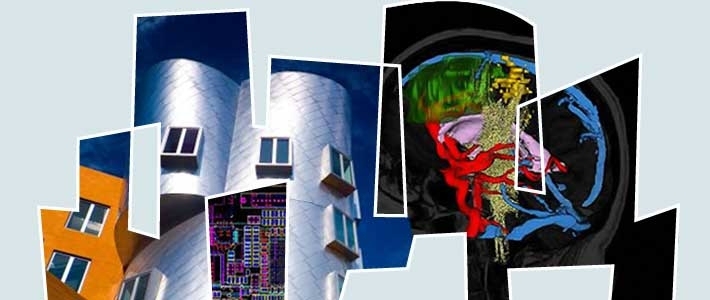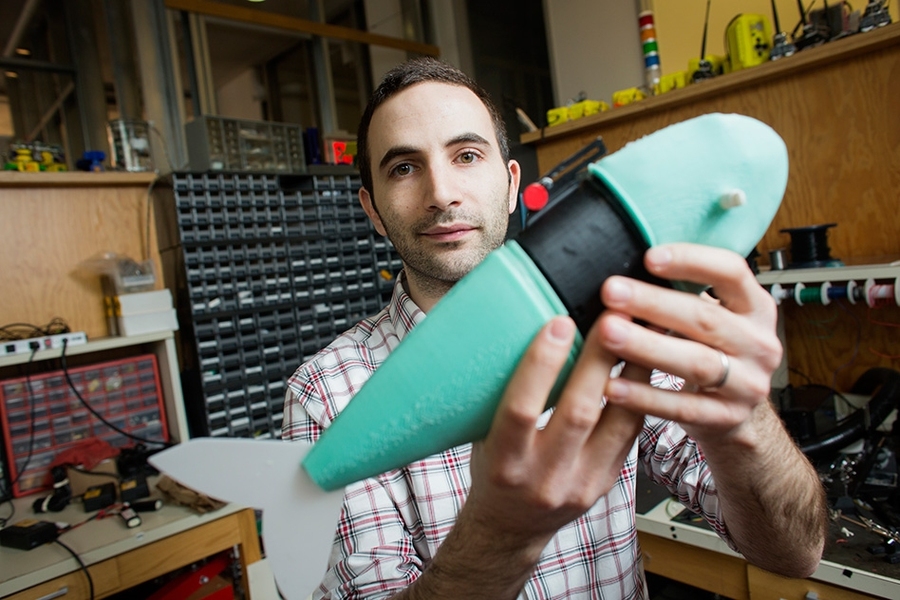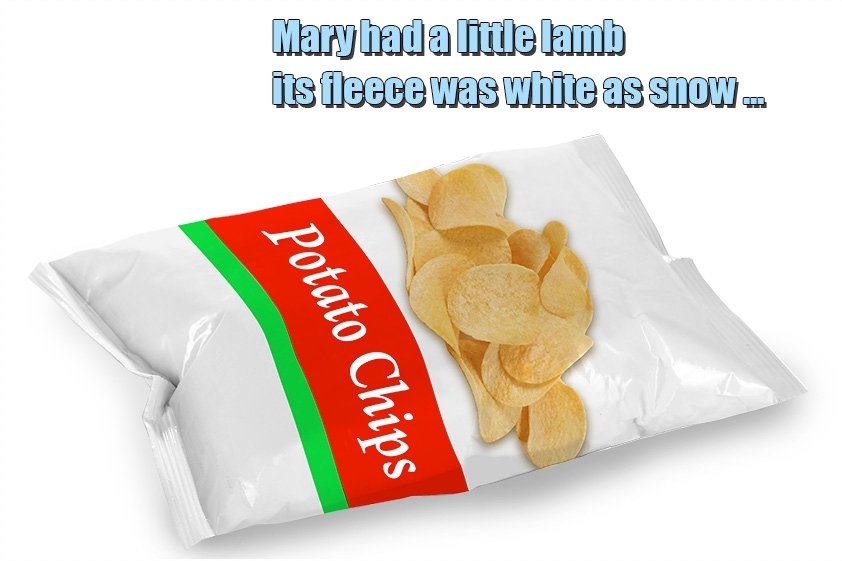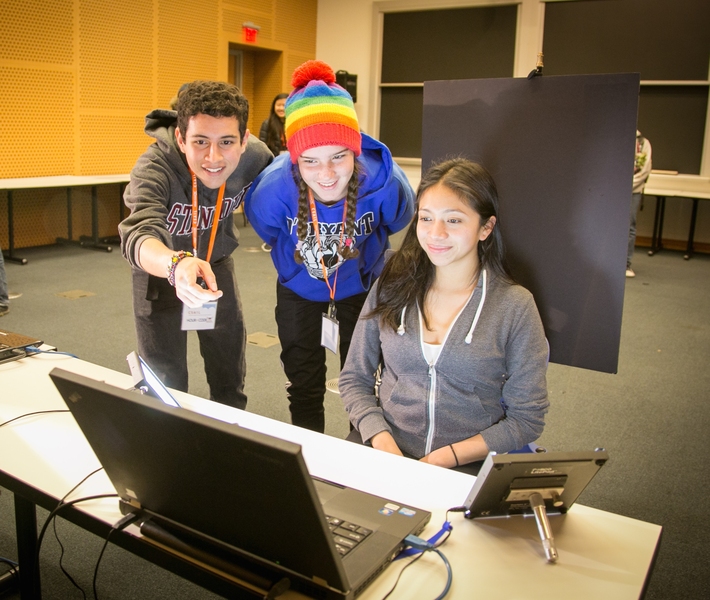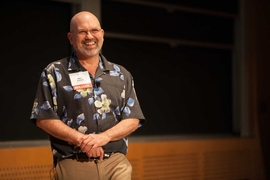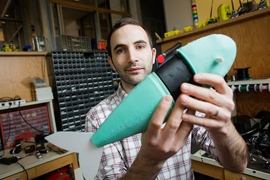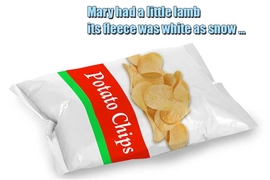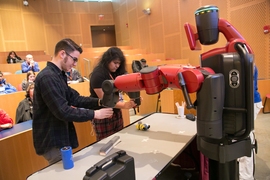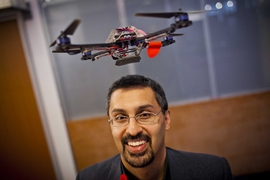It’s been a busy year for MIT’s Computer Science and Artificial Intelligence Laboratory (CSAIL). Researchers celebrated the lab’s 50th anniversary, created groundbreaking algorithms to magnify video and predict Bitcoin prices, and developed exciting new robots that can walk, talk, fly and swim.
As 2014 comes to a close, we thought we’d look back on a few highlights from the year. Reminisce with us as we reflect on some of the exciting research and campus happenings from the past 12 months.
1. CSAIL's 50th anniversary
In May CSAIL commemorated 50 years of computer science research wit "MAC50," a two-day conference featuring talks by leading thinkers in the field, including the founders of iRobot, Ethernet, and Boston Dynamics. The symposium celebrated 50 years since "Project MAC," an MIT program whose goal was to make computers an everyday utility much like heat or electricity. (Read more about the many ways that MIT has transformed the world of computer science.)
2. Predicting the future
This year researchers created algorithms aimed at predicting a variety of metrics more accurately than ever before, from Devavrat Shah’s Bitcoin-price prediction tool to a model developed by Boris Katz and his colleagues that can predict where you’re from based on your English-language writing style.
PhD student Aditya Khosla also used 2.3 million Flickr photos to develop an algorithm that can predict a photo’s view count on a social network. (Upload your own photo to the online demo.)
3. Robots that swim, soar, and slither
MIT roboticists have had a busy year. The team of CSAIL Director Daniela Rus has developed, among other things, a robotic fish that can move and change direction as quickly as a real fish, an origami robot that can fold itself and crawl away, and a soft arm that can grasp objects and slither like a snake.
Meanwhile, Professor Russ Tedrake’s DARPA Robotics Challenge (DRC) team has moved closer to developing a disaster-relief robot that can autonomously climb stairs, open doors and move heavy objects, in preparation for this summer’s DRC Finals in California.
4. “The visual microphone”
Researchers co-developed an algorithm that can recover speech by analyzing minute vibrations of objects depicted in video — including, in one case, a potato-chip bag photographed from 15 feet away through soundproof glass.
The technique has applications in law enforcement, forensics, and imaging. “[This method] gives us a lot of information about the sound that’s going on around the object,” graduate student Abe Davis told MIT News, “but it also gives us a lot of information about the object itself, because different objects respond to sound in different ways.”
5. SXSW
In April, CSAIL made its first-ever appearance at the SXSW Interactive technology festival in Austin. Principal investigators Tim Berners-Lee, Andrew Lo, Daniela Rus and Russ Tedrake spoke about "The Future of Computing," from how computer science can transform the financial sector to why the next generation of robots will be able to fly like birds and dance like ballerinas.
6. Discussing privacy with the White House
In March the MIT Big Data Initiative at CSAIL co-organized a workshop about big data privacy that was co-sponsored by the White House, with keynote addresses from White House Counselor John Podesta and Commerce Secretary Penny Pritzker.
Privacy will continue to be a big major topic for CSAIL in 2015: Principal investigator Daniel Weitzner will lead the new $15 million Cybersecurity Policy Initiative, while several researchers will participate in a data-privacy panel at SXSW in March.
7. Opening its doors
On multiple occasions this year, CSAIL opened its doors to local schools. In April it invited groups from Dorchester and Roxbury to check out its latest projects for National Robotics Week; in December it invited another 150 students to participate in its “Hour of Code” demo fair.
For the Hour of Code three CSAIL PhD students also invited the public to “Ask Me Anything” on Reddit, drawing 5,000 comments and making it to the homepage of the website known as “the front page of the Internet.”
8. Delivering Google’s self-flying planes
This past fall, Google X — the idea incubator known for Google Glass, self-driving cars, and wireless hot-air balloons — announced Project Wing, an ambitious delivery-drone initiative that was overseen by CSAIL principal investigator Nick Roy for the past two years.
